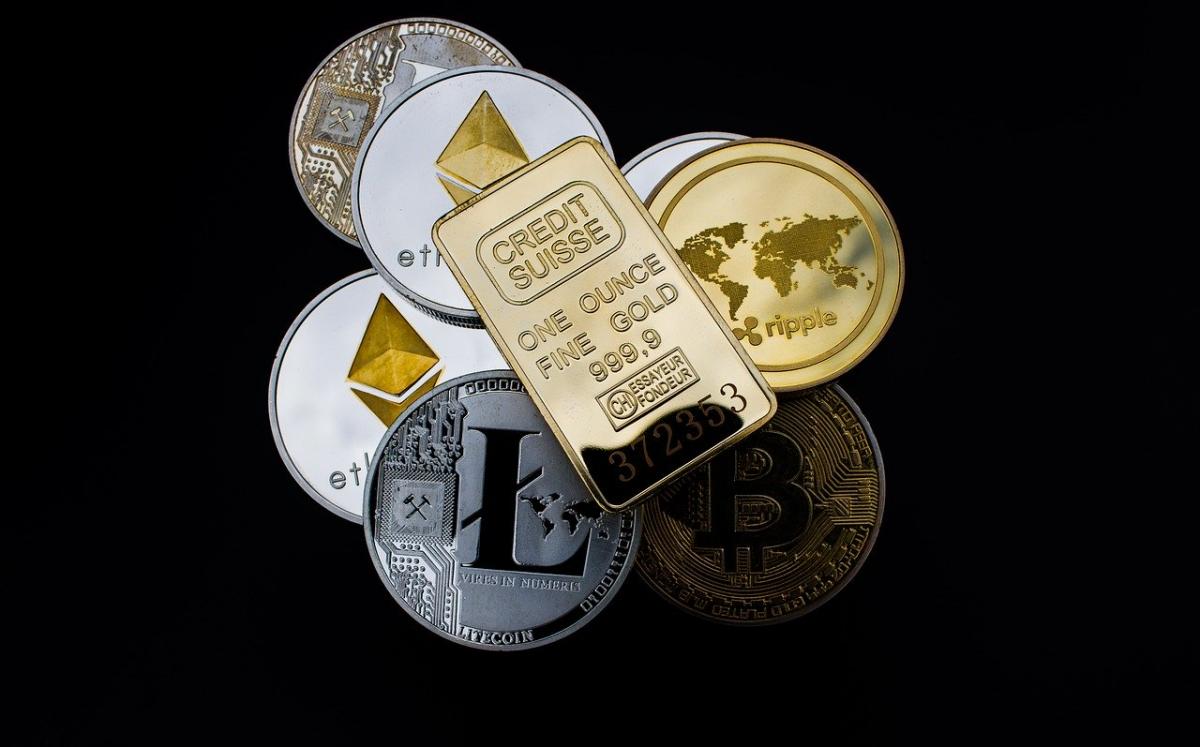Telegram Open Network (TON) is a blockchain project supported by a native utility token called the Gram, created by Pavel and Nikolai Durov, who were behind the Telegram messaging app. TON now faces an existential regulatory threat.
The Durovs created TON in response to what they saw as the limits facing the cryptocurrency revolution. They gave it the speed and scalability that they believed would allow for the mass adoption of cryptos without sacrifice of the decentralization that is so much of its appeal. TON is also designed to do away with the complex user interfaces that have been a scourge for some of the less-sophisticated users of crypto, in hopes that it could be the next evolutionary stage.
The Derovs put together an ICO to fund the TON platform and organized it as a simple agreement for future tokens, or Grams (GRMs).
Trouble with the SEC
In February 2018, Telegram filed a Form D with the US Securities and Exchange Commission, claiming that it was entitled to sell the GRMs under 506(c), because they would be sold exclusively to accredited investors.
The problem with that, from the SEC’s point of view, was that although the GRMs would initially have been sold only to accredited investors, those holders would be entitled to resell.
From the point of view of the crypto revolution, that isn’t really a bug. It’s a feature. Nothing that cannot enter general circulation can be very currency-like.
In October 2019 the SEC filed for and received a preliminary injunction in an emergency action claiming that the GRMs are unregistered securities, and thus are illegal under the 1933 Securities Act. The plan had been for TON to go live later that month.
A co-director of the SEC’s Division of Enforcement said, “Our emergency action … is intended to prevent Telegram from flooding the US markets with digital tokens that we allege were illegally sold.”
A Harder Line
This isn’t the only recent action indicating that the SEC is drawing a harder line against cryptocurrencies. After years of allowing the world of crypto to develop in laissez-faire fashion, the SEC has apparently decided that they are a threat.
It joined recently with the Commodity Futures Trading Commission and the Financial Crimes Enforcement Network (CFTC and FinCEN) to warn all those involved in the crypto trade that they have anti-money laundering obligations as well as countering the financing of terrorism mandates (AML and CFT).
This is a rare instance of those three agencies acting together.
Also, on Oct. 10, the SEC rejected a proposal for a Bitcoin ETF. The idea of an exchange-traded fund for Bitcoin seems so logical that it is unsurprising that several issuers have made such proposals. The SEC has rejected each one. The most recent rejection is at the expense of Bitwise, a company led by CEO Hunter Horsley, who has monetization experience at both Facebook and Instagram.
But the individual rejections seem by now to add up to a policy. David Weisberger has provided a lucid exposition of the case against that policy, the case in favor of a Bitcoin ETF, for Institutional Crypto, a Coin Desk publication. Weisberger writes, “[It] should not matter if the SEC is skeptical about Bitcoin, or if they are worried that it will go to zero. The agency should not be determining what investment are good or bad, but rather if the information made available to investors, including market data, is accurate and fairly provided.”
But to Return to Telegram and TON ...
Telegram is contesting the SEC’s claim in court, and the next hearing is set for Feb. 18-19. At that time, Telegram’s lawyers will argue that GRMs are not in fact securities.
In the meantime, investors in TON have voted against the return of their funds. Though they had a contractual right to a 77% refund of their investment, they are staying the course, in the hope this snag (a spectacular example of political/regulatory risk through it is) can be overcome. The Telegram team has postponed the launch of TON until April 2020.
As a messaging app, Telegram has 200 million active users. It had anticipated turning GRM, through this network of users, into one of the most widely used cryptocurrencies in the world as well as one of the largest by market cap.




